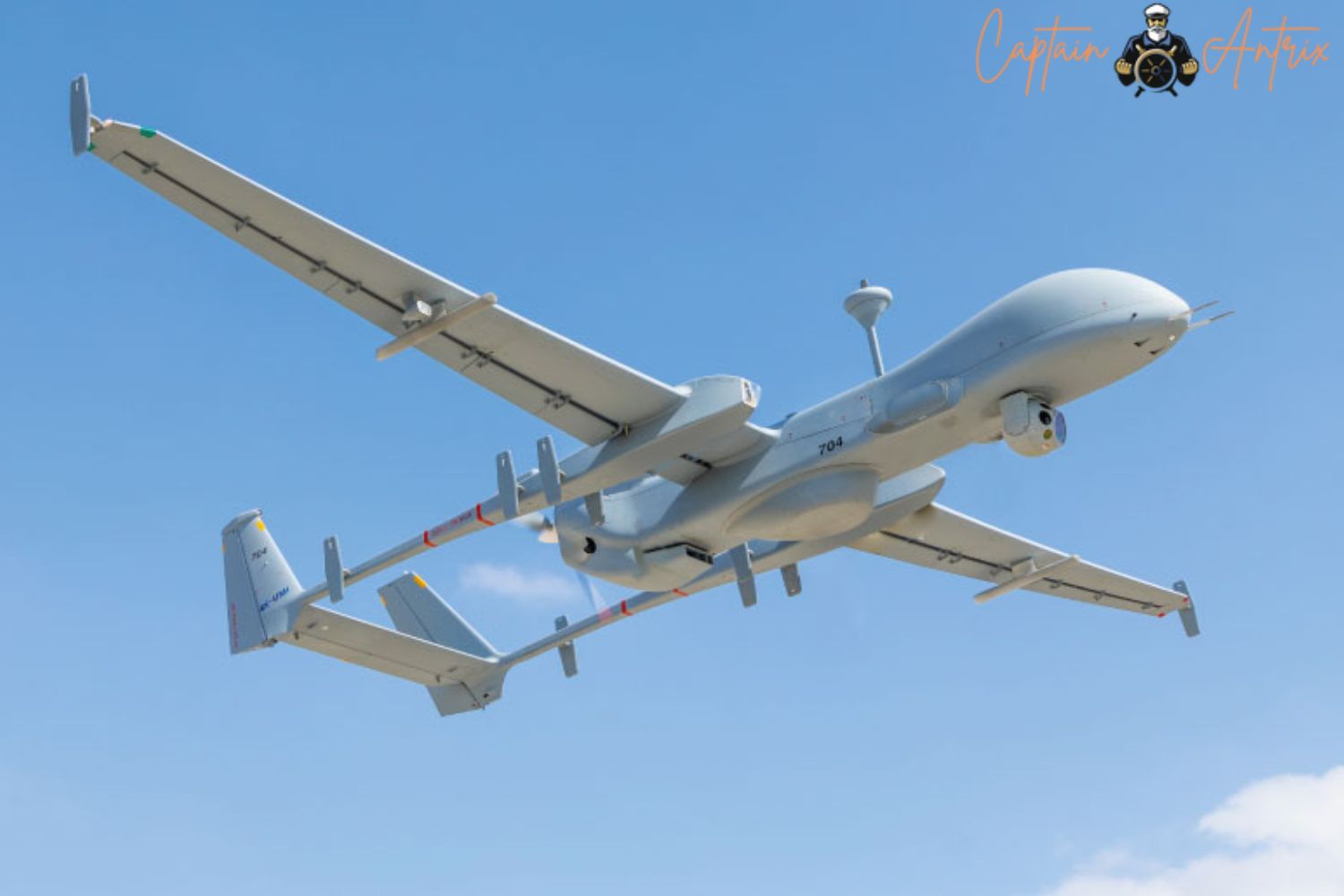
In a significant development, the Indian Air Force (IAF) has taken a remarkable leap in its capabilities by introducing the latest Heron Mark 2 drones. These sophisticated drones possess both strike capability and surveillance prowess, allowing them to effectively monitor India's borders with China and Pakistan in a single mission. The induction of four Heron Mark-2 drones, equipped with long-range missiles and various weapon systems, has taken place at a forward air base in the northern sector, and their operational prowess was observed firsthand by Team ANI.
One of the standout features of these drones is their satellite communication capability, a long-awaited enhancement for the IAF. With the ability to operate for up to 36 hours nonstop and conduct laser targeting of enemy objectives from considerable distances, these drones have fortified the IAF's arsenal considerably.
Wing Commander Pankaj Rana, the commanding officer of the drone squadron, highlighted the Heron Mark 2's impressive attributes. He emphasized its extended endurance and "beyond line of sight" capability, which enables comprehensive surveillance coverage across the entire country from a single location. This extended endurance also enables the execution of multiple missions addressing various sectors in a single sortie.
Rana noted that the drone seamlessly integrates into the IAF's Intelligence, Surveillance, and Reconnaissance (ISR) framework. Its constant surveillance capabilities ensure round-the-clock monitoring of targets. The drone's modern avionics and engines have led to increased operational ceilings, enhancing its performance across different weather conditions and terrains.

Furthermore, Squadron Leader Arpit Tandon, a Heron Mark 2 drone pilot, emphasized the advancements of the new version compared to its predecessors. The upgraded drones can operate in sub-zero temperatures and various weather conditions, enabling the IAF to establish a presence over diverse terrains.
The IAF's ambition doesn't stop here. The Indian armed forces are actively working on Project Cheetah, which aims to upgrade around 70 Heron drones with satellite communication links and weapons systems, aligning with the armed forces' requirements. Additionally, the IAF is set to receive 31 Predator drones categorized as high-altitude, long-endurance vehicles, currently aiding the Navy in extensive coverage of the Indian Ocean region.
The introduction of these drones marks a significant step in enhancing the IAF's operational capabilities and strengthening India's security preparedness along its borders. The deployment of advanced technologies like the Heron Mark 2 drones showcases the country's commitment to staying at the forefront of defense innovation. As the IAF continues to push boundaries with cutting-edge advancements, India's armed forces are well-equipped to face evolving security challenges across different terrains and scenarios.
